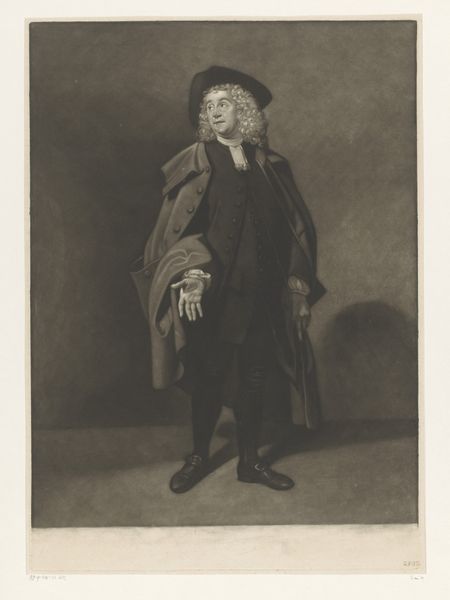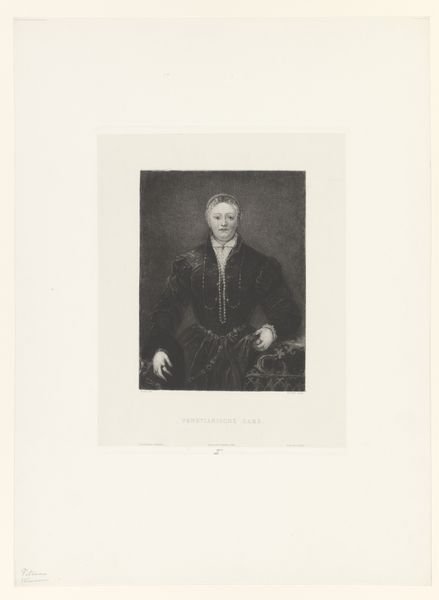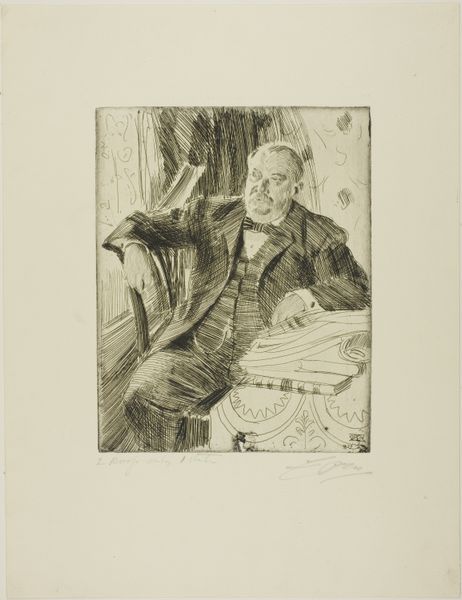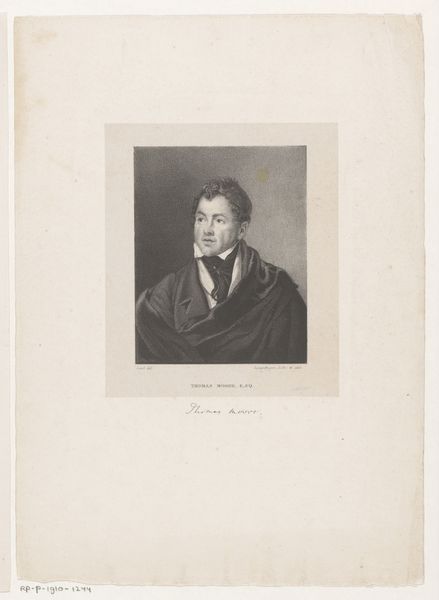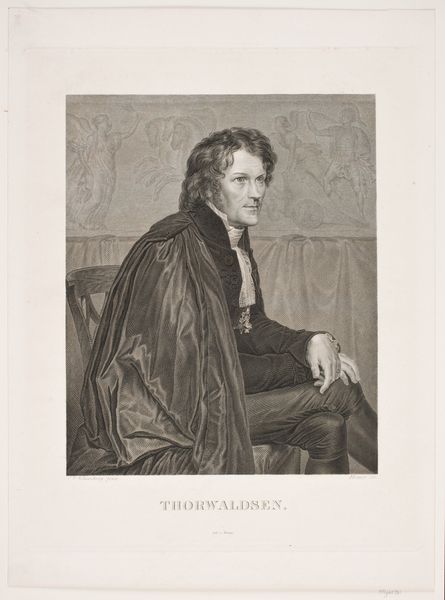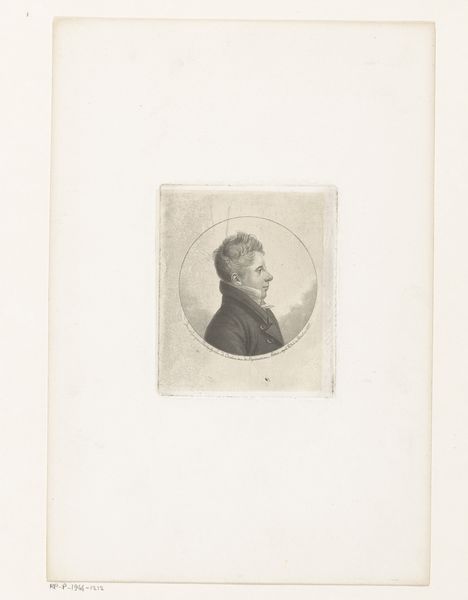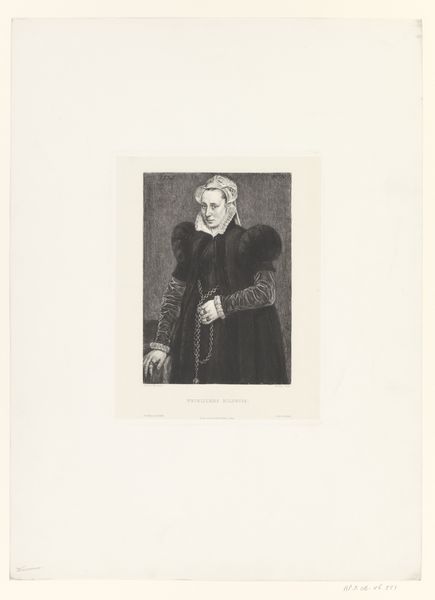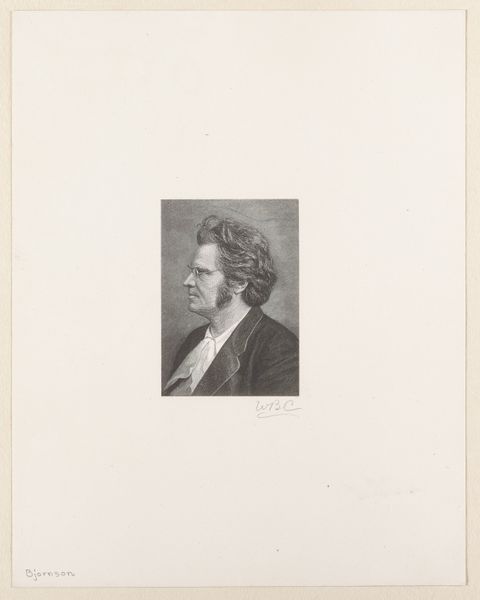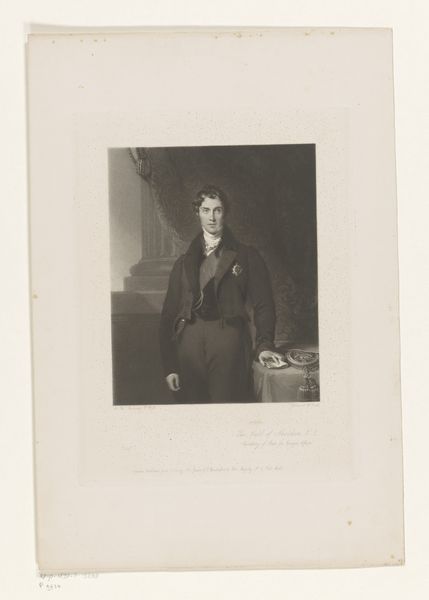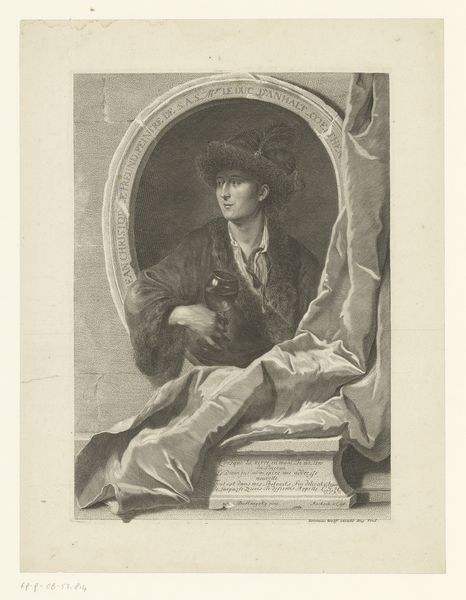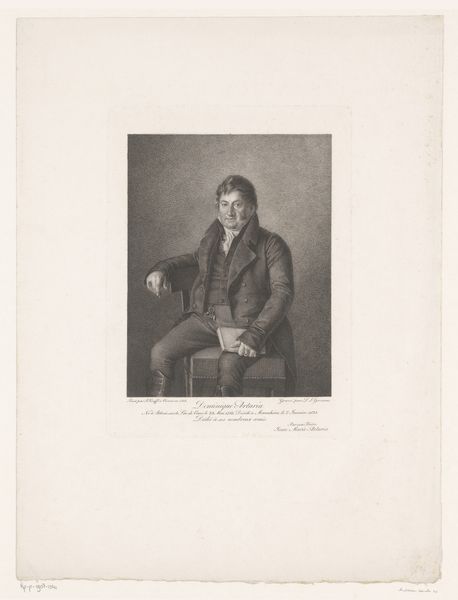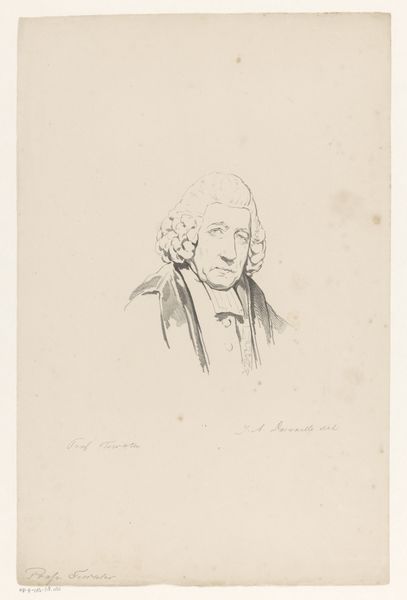
Portret van Bertel Thorvaldsen in Ordedracht van de Accademia di San Lucca 1827 - 1864
0:00
0:00
drawing, pencil, graphite
#
portrait
#
pencil drawn
#
drawing
#
neoclacissism
#
light pencil work
#
pencil sketch
#
pencil drawing
#
pencil
#
graphite
Dimensions: height 239 mm, width 195 mm
Copyright: Rijks Museum: Open Domain
Curator: What an unexpectedly intimate portrayal. I mean, the way the light falls, it's almost… gossamer. Editor: You're drawn to the ethereal quality, I see. Well, this pencil and graphite drawing captures Bertel Thorvaldsen, the renowned Danish-Icelandic sculptor, during a period that stretches from 1827 to 1864. It’s attributed to Carl Heinrich Ludvig Heims. What speaks to you particularly about the light? Curator: It’s as if the artist is trying to capture Thorvaldsen's essence, not just his likeness. You get the feeling that something is really in there, struggling, a sensitivity you would not expect from that classical heroic idea of the Sculptor! It does make me wonder: who gets remembered how and by whom? Editor: Absolutely, there’s a clear subversion happening! Let's remember neoclassicism’s historical function here; Heims’s portrait attempts to both monumentalize and domesticize Thorvaldsen by representing a titan of artistry with such softness, intimacy. There's a certain tension there. A bit ironic, maybe? Given Neoclassicism's reputation for rigid forms and ideals. Curator: Irony? Oh, always! It’s that contrast, the expectation versus the execution, that I find so gripping. Is it possible that this piece might show us what power and recognition looks like afterhours? When the sculptor puts his chisels down and reflects? Editor: You're hitting on a critical point – how we are trained to ‘see’ and perform genius in different contexts. Here, he's enrobed but posed so informally, with such human pensiveness in the eyes. The background scene depicted also provides further framing for the question of who gets to represent "history". The question of *who* gains historical visibility certainly underscores broader concerns about how history is narrated. Curator: And isn’t that, at its core, what art is all about? Stripping away the pretense, showing the vulnerability beneath? It’s almost… brave. Editor: Indeed, and by rendering Thorvaldsen in graphite and pencil, Heims contributes to a powerful conversation about legacy, identity, and the complex relationship between art, power, and representation. Curator: Precisely why it's worth spending time with. It has really sparked off something inside me! Editor: Agreed, it leaves one with much to consider beyond the surface, and that’s what makes art vital and engaging.
Comments
No comments
Be the first to comment and join the conversation on the ultimate creative platform.
